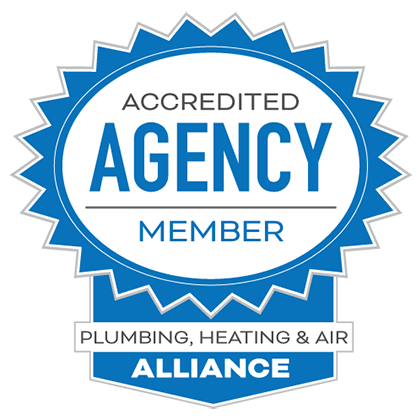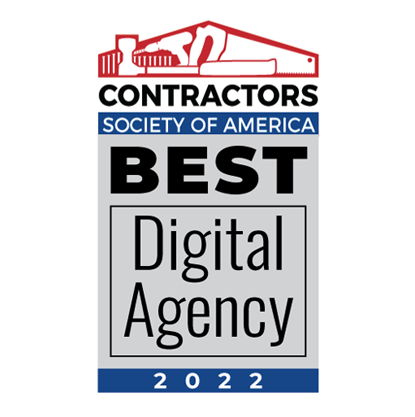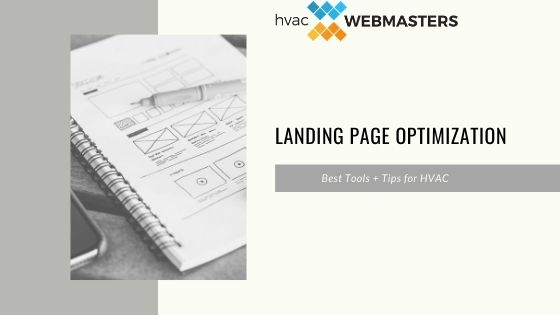
Table of Contents
Landing page optimization will make your landing pages more effective, garner more clicks, earn you a higher ROI on your advertising campaigns and generate more HVAC leads in 2023 and beyond.
There are specific landing page optimization methods and practices proven to increase effectiveness. By simply implementing some or all of these methods, you can spare yourself the burden of completely overhauling your landing pages and merely make a few tweaks.
What is a Landing Page for HVAC Companies?
A landing page is a specific web page that users enter after clicking on a branded link, such as a Google search result, a Google advertisement, or an email marketing promo. For HVAC companies, a landing page promotes your HVAC services and encourages consumers to take action.
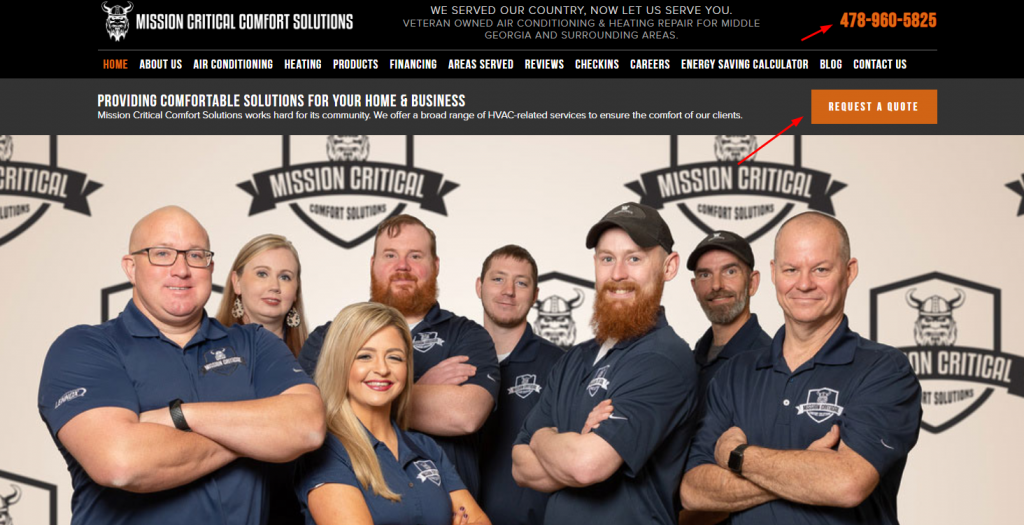
A robust landing page features elements of expertise, authority, and trust, such as a high-quality image of your staff.
Optimizing Your HVAC Company Landing Pages
Your landing pages are responsible for converting visitors into leads. Many HVAC business owners overlook the vital role that their landing pages play. The fact is, however, that you need to monitor the performance of your landing pages closely.
Namely, how many leads they are generating each month. Most people won’t get landing pages right the first time.
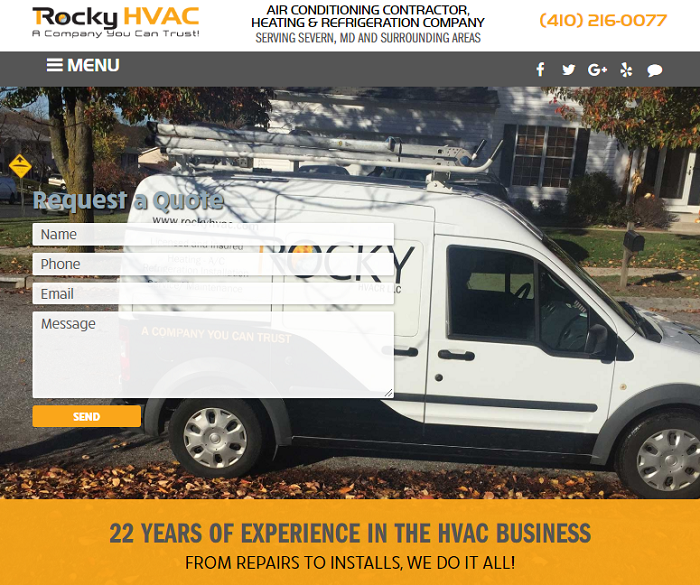
Sometimes it takes several months of testing, tweaking, and monitoring to get everything just right. That is the process of landing page optimization.
Use a Heat Map
The first step in landing page optimization is identifying what is working and what isn’t. Even if your landing page is performing well (generating new leads every month), there is always room for improvement. A heat map is one of the essential tools you will need for landing page optimization.
A heat map will essentially show you what people are clicking on your landing pages. It is a visual representation of your landing pages with numerical data on how many clicks your calls to action are getting, how far down the page people scroll, what parts they are reading or looking at, and much more.
A heat map will help you understand what is earning you clicks and what needs to be improved. Our advice would be to procure yourself a good heat map tool first. Hotjar makes a very intuitive and helpful heat map and even offers a free trial.
Other Helpful Tools
Visual data analysis tools come in many shapes and forms. Most of them have something very insightful to offer regarding landing page optimization, though. Here are some more tools you should certainly consider working with to optimize your landing pages:
Scroll Maps
A scroll map is another type of visual data report. You will be able to see the layout of your landing pages superimposed with different colors. Most tools use red and yellow to indicate where people spend the most time on your landing pages. Green and blue usually represent the sections getting the least attention or scrolling before they leave the page. Crazyegg offers one such scroll map that’s intuitive and easy to use.
Bounce Rate Analytics
Your bounce rate refers to how many people leave your landing page without taking favorable action, like clicking through to your main website. Of course, you want your bounce rate to be as low as possible. So a bounce rate calculator is valuable because it shows whether your landing pages are effective. It can provide valuable insight into what pages need adjustment.
Overlay Reports
An overlay report provides you with similar data as a heat map. It will tell you exactly how many clicks different sections on various landing pages earn and provide in-depth data on individual landing page elements.
Before You Go Live
This section will discuss things you can do to set yourself up for success before your landing page goes live. Don’t worry if your landing page is already live, though. The following section is all about current landing page optimization.
Stick to the Point
Many people go wrong with landing pages when they stray away from the original point. As you design your landing page and develop a copy for it, remember to keep the goals of the landing page in mind. If you are an HVAC contractor, your plan will likely sell your visitors on a specific service—focus on presenting that service positively and how it can make the visitor’s life easier or better.
Limit Clutter
You may be tempted to load your landing pages with high-quality images, but sometimes less is more. A clean, stripped-down design is usually the best approach for landing pages.
Keep Your Audience in Mind
Think about who is most likely to view your landing pages. Maybe people who require emergency HVAC services, new homeowners, or people seeking a specialized HVAC service. Make sure your copy speaks directly to the people clicking on your ads.
Optimizing Live Pages
Add an Exit Popup
An exit popup is a prompt that comes up when a visitor is about to click out of your landing page or navigate away. An exit popup can help increase conversions by 5% to 10% and, in some cases, much more.
Compelling Calls to Action
Your call to action should engage the reader. Instead of “call now,” try something like “increase your A/C efficiency.” Again, a compelling call to action will speak to the visitor’s needs. But make sure not to make it too long or complicated.
Keep the Most Important Information at the Top – Actionable buttons, offer details, contact information, and other elements that would spur a visitor to action should be at or near the top of your landing pages. Keep them away from the bottom, where people must scroll down to see them.
Tweak Headlines
Sometimes, all you need is a simple headline change. Experiment with different texts, but remember that the goal is to grab the visitor’s attention.
A/B Testing
A/B testing is the process of altering a current web page and showing the original and amended one to an equal amount of visitors to see which version performs better. A/B testing is invaluable for improving your landing pages and gaining key insights.


